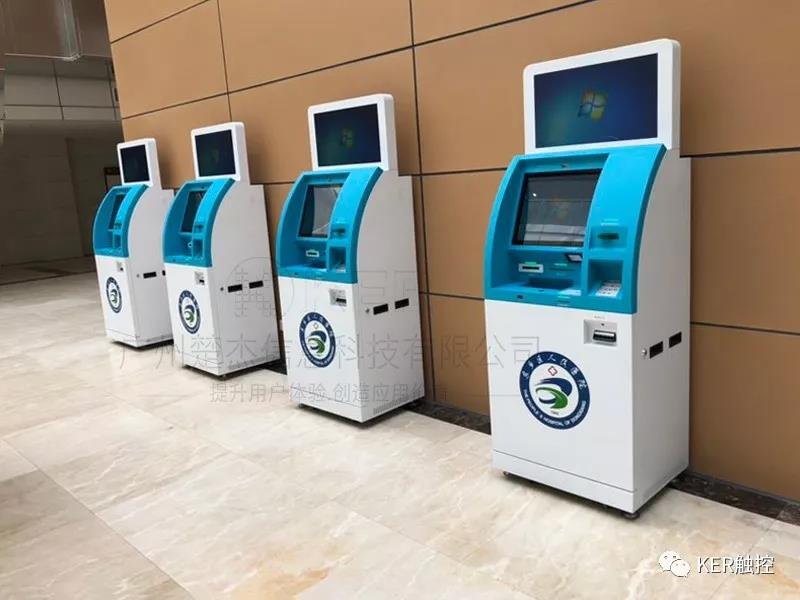With the world’s largest population, China will encounter the phenomenon of “long queues” in many places, especially in second- and third-tier city hospitals. This problem is still serious. Intelligent machines such as self-service terminals are relatively more popular in first-tier cities, but it has not been popular in second- and third-tier cities. Why is such a convenient product such as self-service terminals not popular in second- and third-tier cities?
1. Incomplete hospital information system
In the past, when many hospitals developed information systems, various interfaces were not perfect, and the interfaces of medical self-service terminals might not be considered. If the hospital wants to install self-service terminal equipment, it needs to redevelop the interface in the information system, which is more troublesome and takes time.
2. Need to interface with the bank UnionPay interface
If a hospital wants to use a self-service payment terminal system, in addition to looking for professional self-service terminal equipment manufacturers like KER to customize equipment and systems, it also needs to dock with banks to achieve convenient payment, and then go through review and approval. Only then can access the UnionPay system.
3. Need to interface with the social security card system
Most people need to use a social security card to see a doctor in order to enjoy the discount. If a hospital wants to use a self-service terminal for medical payment, the system must involve payment, and the problem of docking the medical insurance card system needs to be considered. These need to communicate with the Social Security Bureau to see if they agree to open the interface. Otherwise, patients and their families may find it inconvenient if the hospital cannot swipe their health insurance card.
4. The old doesn’t know how to use
Although some medical self-service terminals are very full-featured, the users are still a minority. There is a difference in the acceptance of autonomous terminals. After all, people who go to the hospital are of different ages and edudcation level. Some older or lower-educated people don’t know how to use this technological product. They rely more on artificial windows, so we must consider The problem of mass adaptation.
This is also in line with Chinese market. It takes time for a product to become popular in second- and third-tier cities. Medical self-service terminal systems have become commonplace in first-tier cities. Many large hospitals have medical self-service terminals. In order to enhance the customer experience, the popularity of second- and third-tier city hospitals is only a matter of time. People will also slowly adapt to such self-service terminal systems and realize the convenience brought by self-service terminals.
Post time: Mar-10-2020


